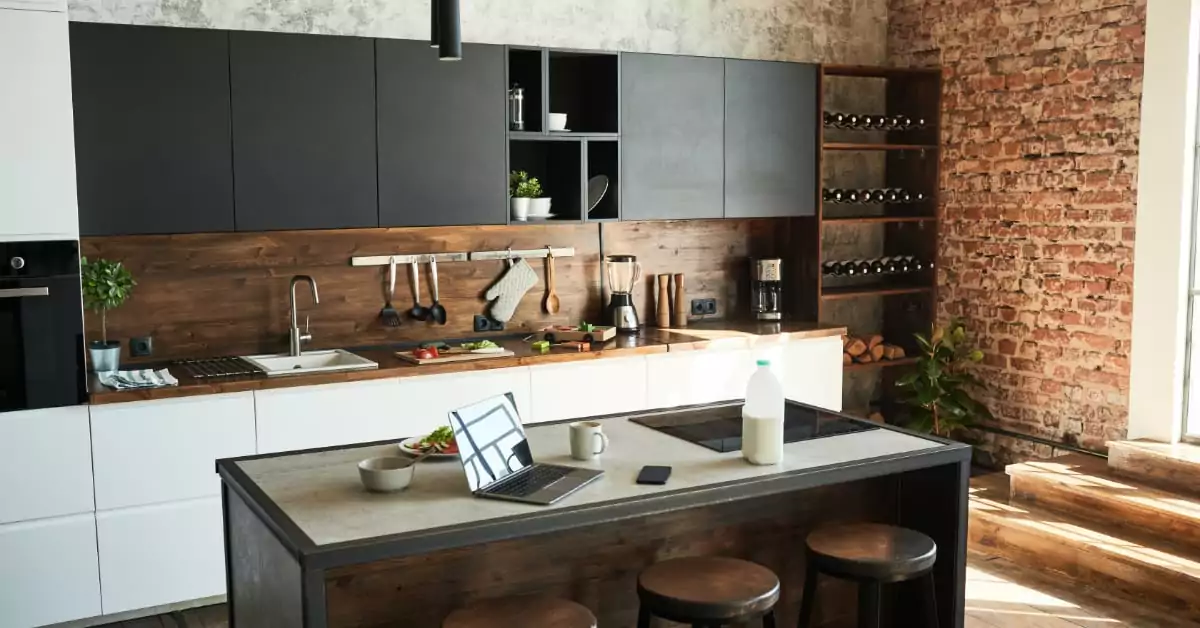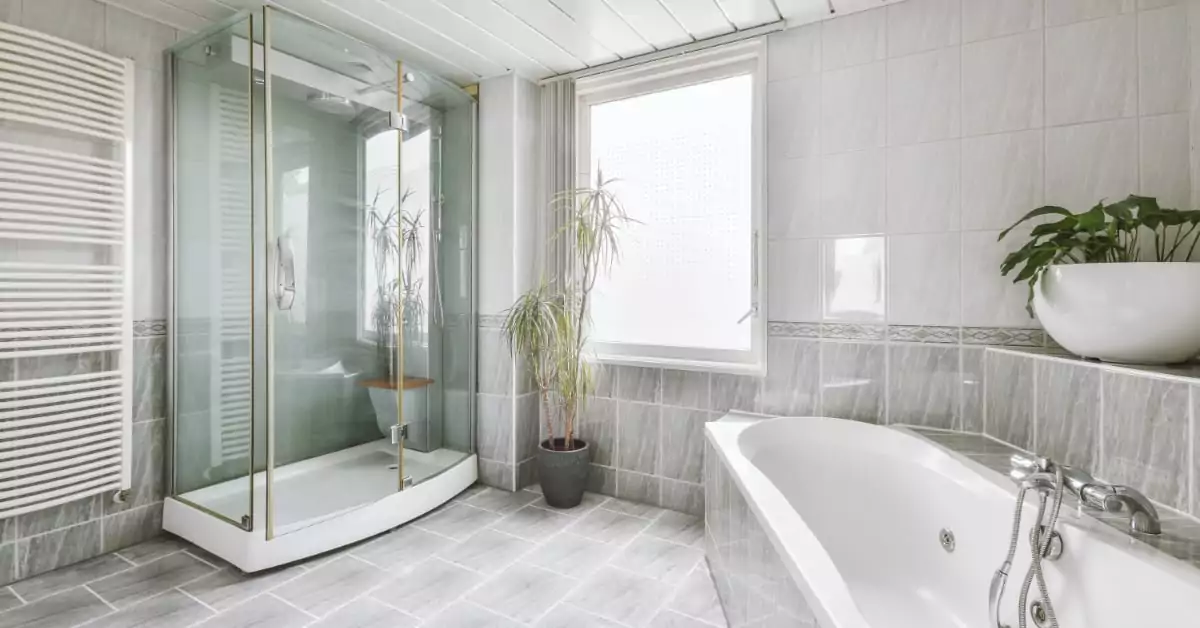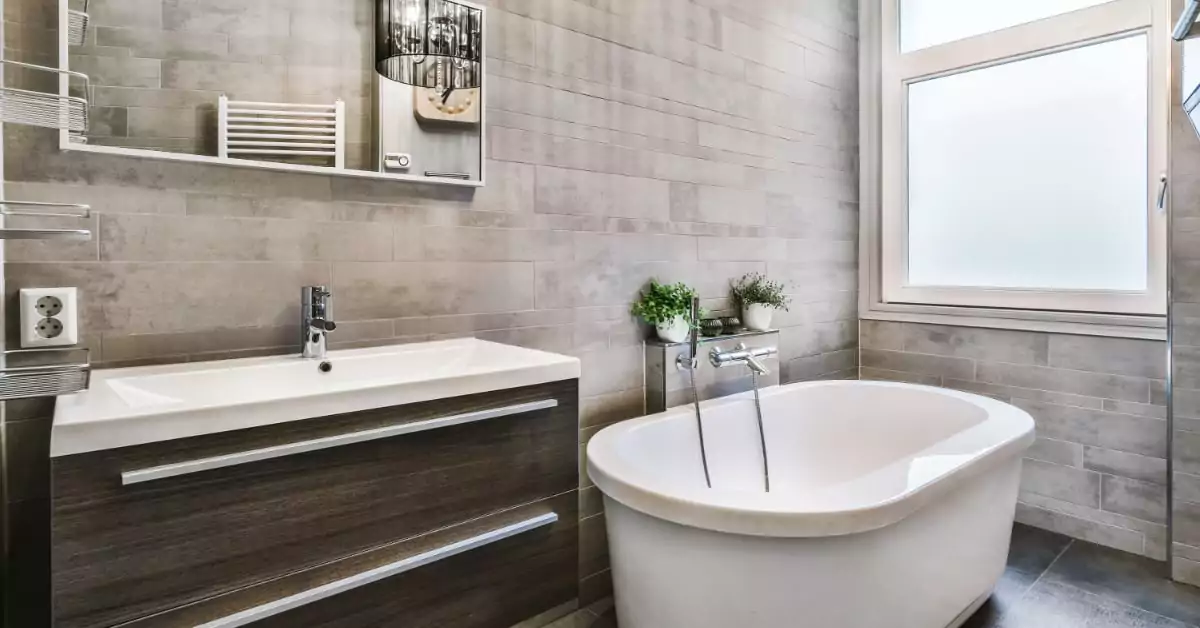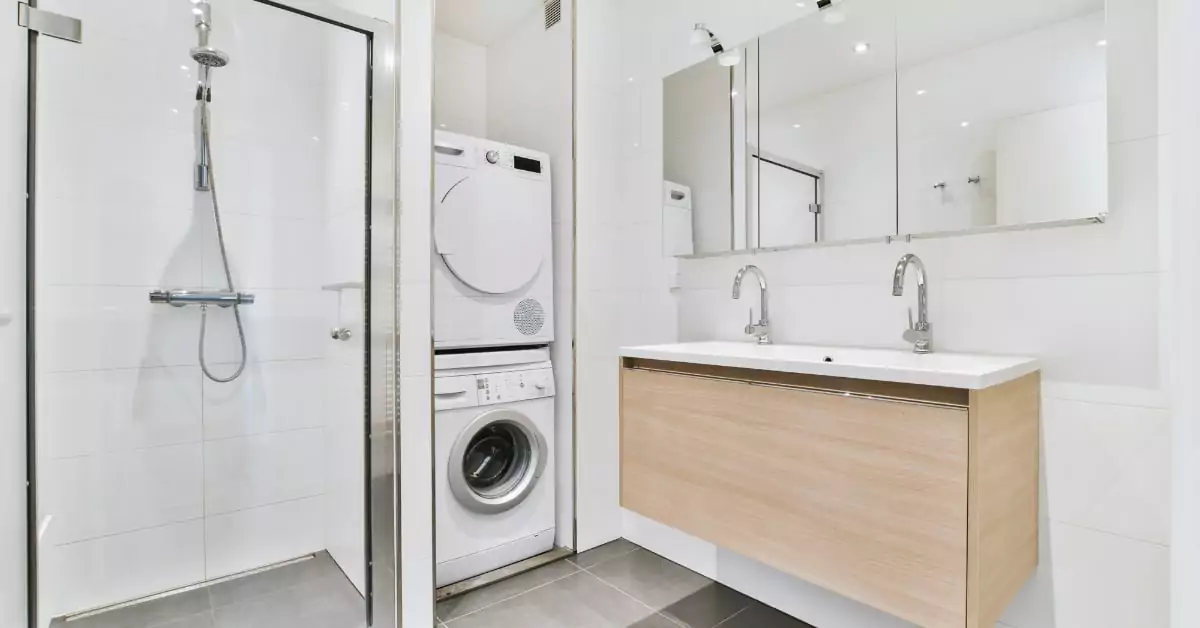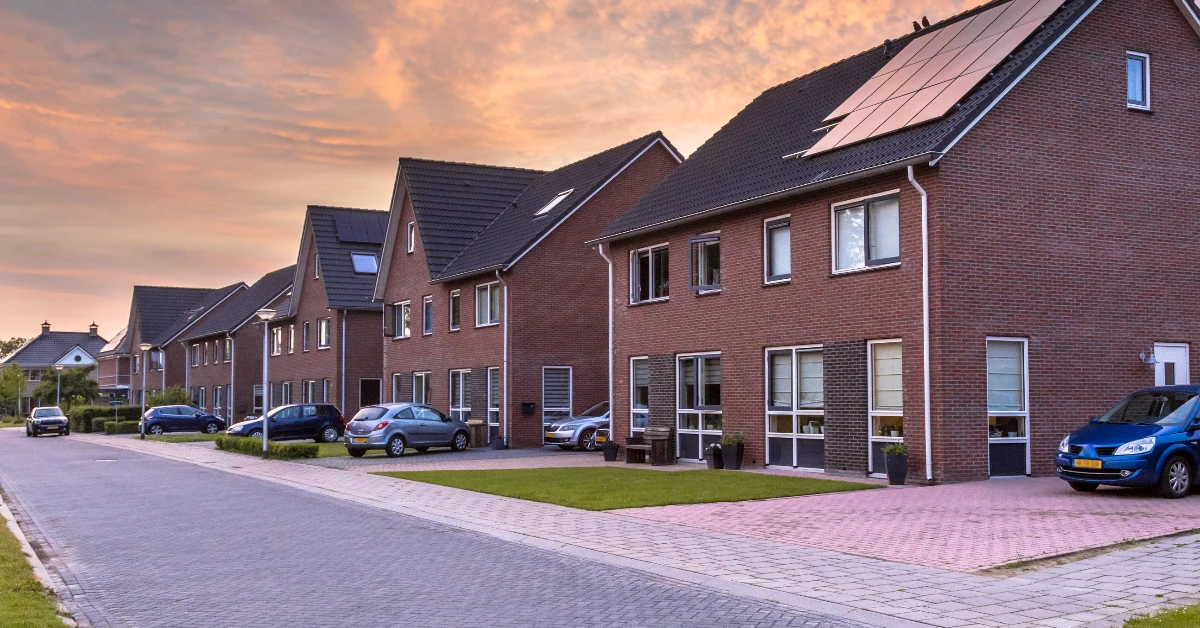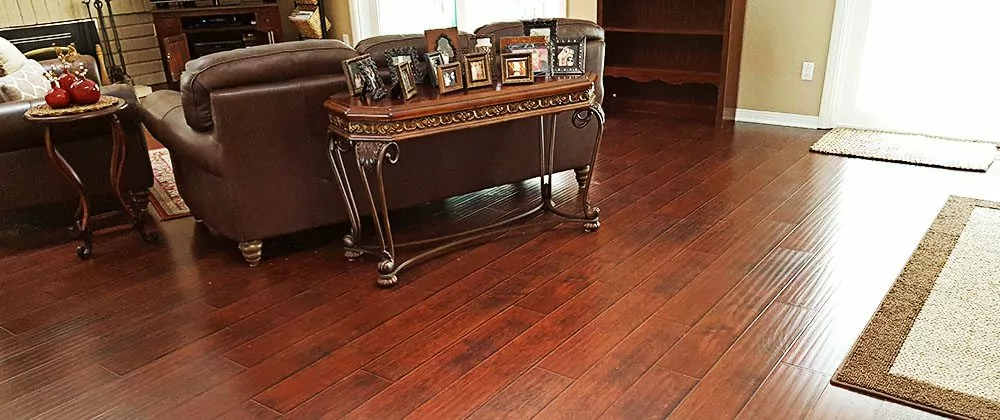
Solid Wood flooring comes in three basic types:
STRIP flooring accounts for the majority of installations. Strips are usually 2-1/4 inches wide, but also come in widths ranging from 1-1/2 inches to 3-1/4 inches. They are installed by nailing to the subfloor.
PLANK flooring boards are at least 3 inches wide. They may be screwed to the subfloor as well as nailed. Screw holes can be covered with wooden plugs.
PARQUET flooring comes in standard patterns of 6″ x 6″ blocks. Specialty patterns may range up to 36″ square units. Parquet often achieves dramatic geometric effects of special design patterns.
WHAT IS LAMINATE?
Solid wood floors can be installed on a concrete slab as long as the floor is on or above ground level. They can be sanded and refinished over several generations of use.
Solid wood flooring expands and contracts with changes in your home’s relative humidity. Normally, installers compensate for this movement by leaving an expansion gap between the floor and the wall. Base molding is the traditional “cover-up” for this gap.
Engineered wood
Made of several layers of different woods or different grades of same wood stacked and glued together under heat and pressure. Engineered wood flooring is less likely to be affected by changes in humidity and can be installed above, on, or below ground level. Some engineered wood floors with thicker top layers can be sanded up to three times. Some can’t be sanded at all.
Wood laminates
A plywood base topped with a layer of veneer. Plies and thicknesses vary, but three-ply, 3/8 inch flooring is most common. (Remember that solid hardwood floors, at 3/4 inch, are twice as thick as wood laminates.) The veneer topping of wood laminate floors (commonly 1/8 inch thick) can be sanded and refinished (in rare cases, three times.) Most manufacturer warranties cover the finish for five years.
Synthetic/plastic laminates
Usually 1/2 inch thick, plastic laminate flooring consists of a fiberboard center wrapped in top and bottom layers of high-pressure laminate — a tougher version of the same material used in many kitchen countertops. These floors cannot be sanded or refinished and must be removed when they wear out. They usually come with 10- or 15-year manufacturer warranties against fading, stains and wear.
History
Most people are very familiar with Laminate counter tops. In North America we have several manufacturers who have become household names, such as Formica. In fact, most people in the 1960’s-70’s referred to their counters as a “Formica” counter top.
These same people had no idea that this is not a “kind” of counter, but rather a manufacturer of this type of surface. This existing technology has been transformed in such a way that we can now make flooring out of essentially the same material as “Formica”.
By adding ‘resins’, extremely wear resistant top layers, and a center core, Laminate Floors were born. These products have been in Europe for 20 to 30 years but are now making a major impact in North America. Laminate Flooring is simply a multi-layered; wood based floating floor system.
Laminate Construction
Typically Laminate floors consist of the following layers from top to bottom:
Wear layer;
Pattern, “image” layer;
Processed wood core: often M.D.F. (medium density fiber board) or H.D.F. (high density fiber board);
Balancing layer (usually with a moisture barrier).
These layers are manufactured into flooring by one of two methods. They are either High Pressure Laminates (HPL), or Direct Pressure Laminates (DPL). With the DPL method, all the layers are bonded together under extreme heat and pressure at one time. HPL is done in more than one step. Typically the wear layer and image layer are bonded together, and then those two layers are bonded to the core in a separate step.
Available Sizes
Most Laminates come in Planks 7″ to 8″ wide and approximately 4′ long. Due to the nature of the planks, manufacturers have focused the styling of the product to reflect the shape of the plank and therefore have concentrated on duplicating wood looks in various species of wood. Several companies have also tried to imitate natural stones or copy the look of ceramic tiles, including grout lines in some cases. Laminate floors are sold in packages of 15 to 36 S.F. but are typically retailed by square foot pricing.
Warranties
Most carry wear warranties ranging from 10 to 25 years but new products are starting to introduce “Lifetime” warranties. Several products on the market also have “water” or “moisture” warranties. It is very important to check with the manufacturer as to EXACTLY what their warranty does and does not cover. Do not be afraid to ask questions. All major manufacturers have toll free information phone lines, websites etc. You are their customer and they are available to answer your inquiries.
Installation Overview
Installations can either be with or without glue depending on the product you choose, and you have the option to hire a professional or “do-it-yourself”.
Laminate floors are here to stay. No other flooring will allow the durability of having a “beautiful cherry wood plank flooring” along with the same benefits as aceramic tile floor would give you– together as one floor, “floating” over concrete in a basement rec.-room. Laminate floors look great, selection versatility, are easy to maintain, value priced and durable.
TYPES OF LAMINATE FLOORING
Engineered wood:
Made of several layers of different woods or different grades of same wood stacked and glued together under heat and pressure. Engineered wood flooring is less likely to be affected by changes in humidity and can be installed above, on, or below ground level. Some engineered wood floors with thicker top layers can be sanded up to three times. Some can’t be sanded at all.
Wood laminates
A plywood base topped with a layer of veneer. Plies and thicknesses vary, but three-ply, 3/8 inch flooring is most common. (Remember that solid hardwood floors, at 3/4 inch, are twice as thick as wood laminates.) The veneer topping of wood laminate floors (commonly 1/8 inch thick) can be sanded and refinished (in rare cases, three times.) Most manufacturer warranties cover the finish for five years.
Synthetic/plastic laminates
Usually 1/2 inch thick, plastic laminate flooring consists of a fiberboard center wrapped in top and bottom layers of high-pressure laminate — a tougher version of the same material used in many kitchen countertops. These floors cannot be sanded or refinished and must be removed when they wear out. They usually come with 10- or 15-year manufacturer warranties against fading, stains and wear.

